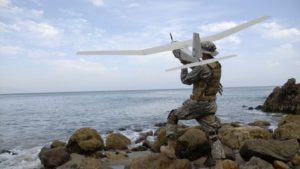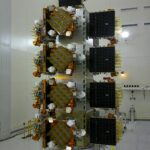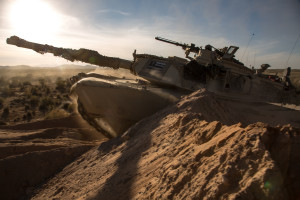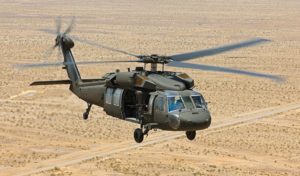
Given the widespread use of small and medium-size drones on the battlefield, and the systems needed to counter these unmanned aircraft, the House Armed Services Committee (HASC) is proposing the establishment of a Drone Corps as a new branch of the Army. The Drone Corps would have responsibility for programs and activities, research, development, and testing, specialized training, strategies, capabilities, and as the command center for Army operations for Group 1, 3 and 3 unmanned aircraft systems (UAS), and for…

 By
By 











